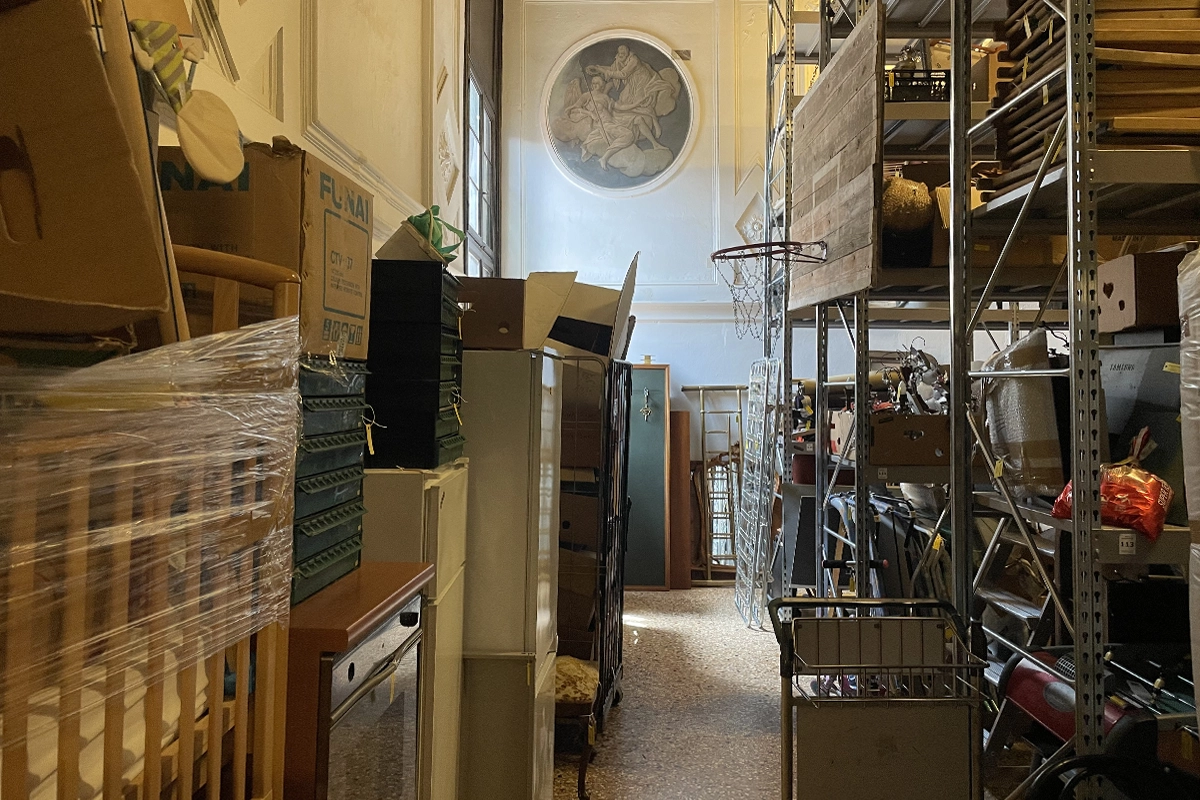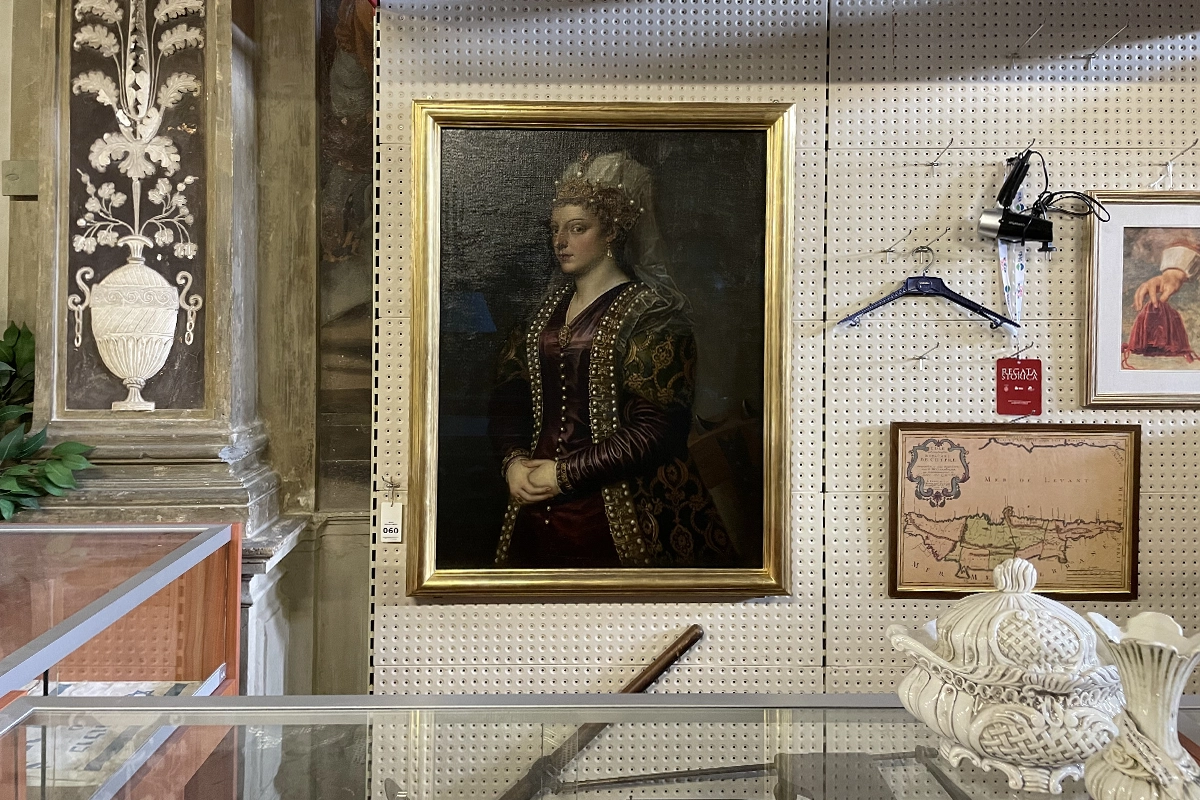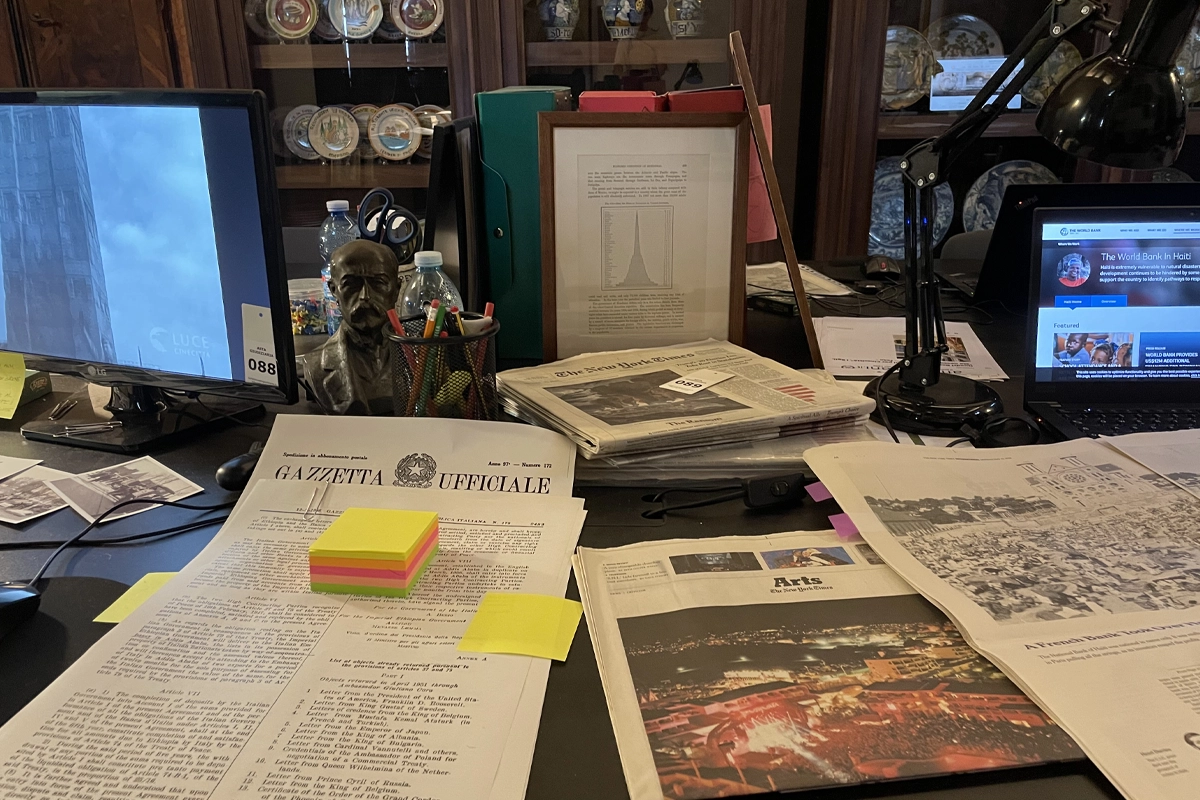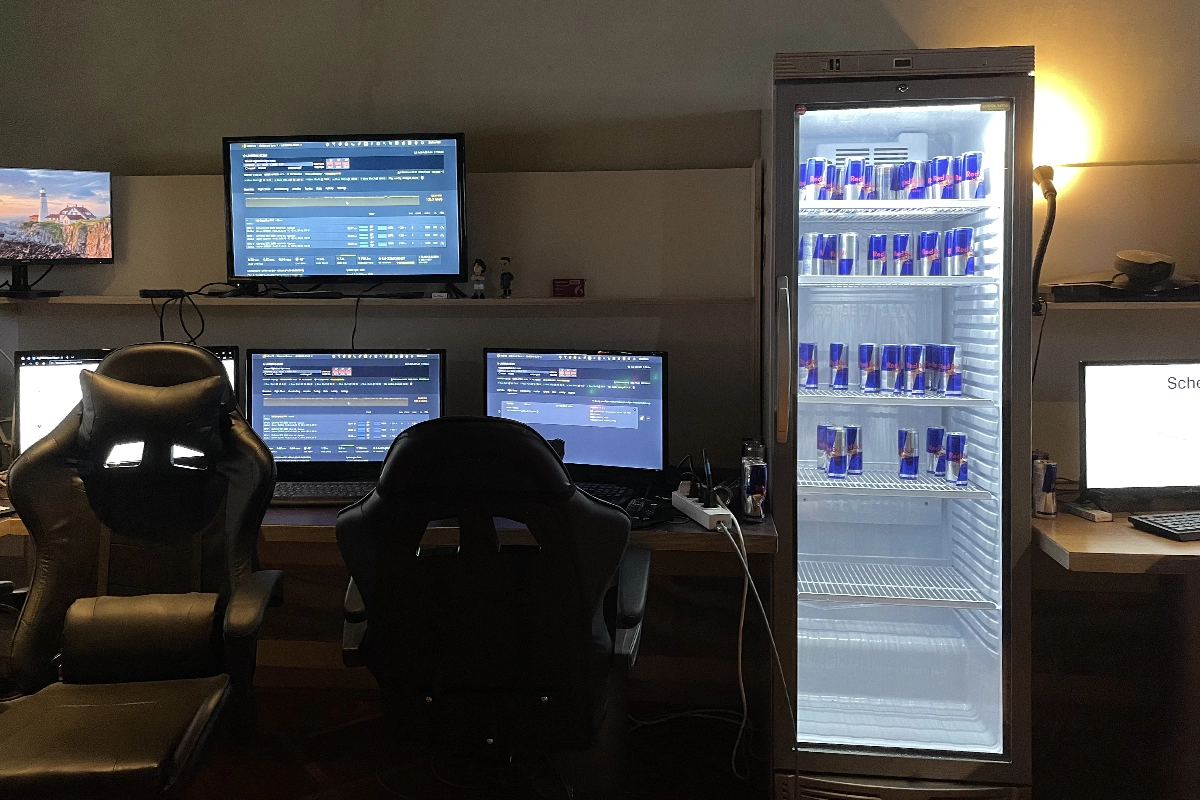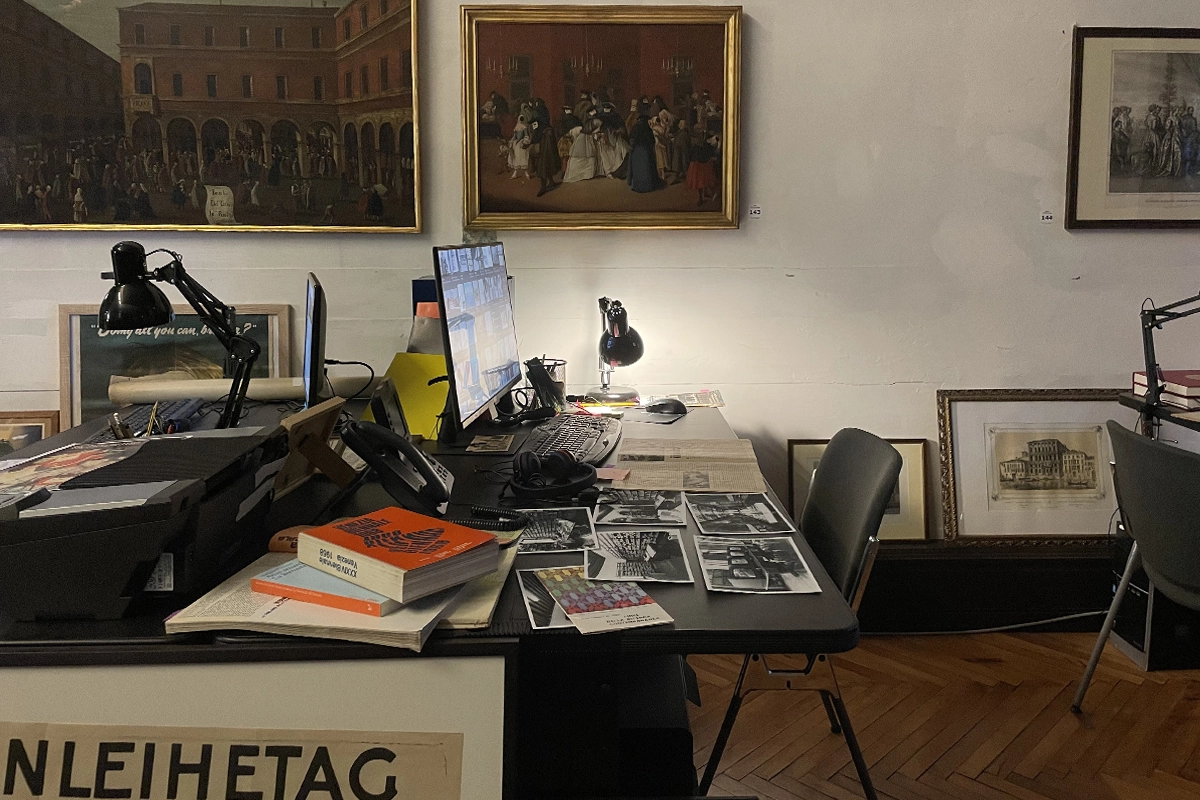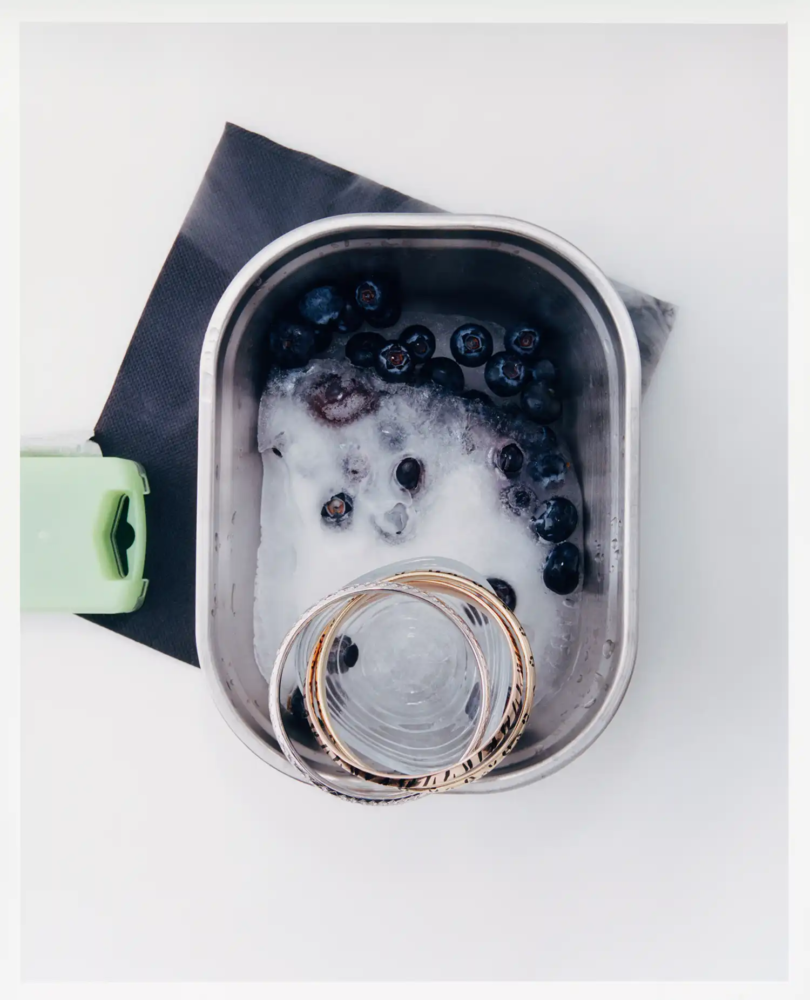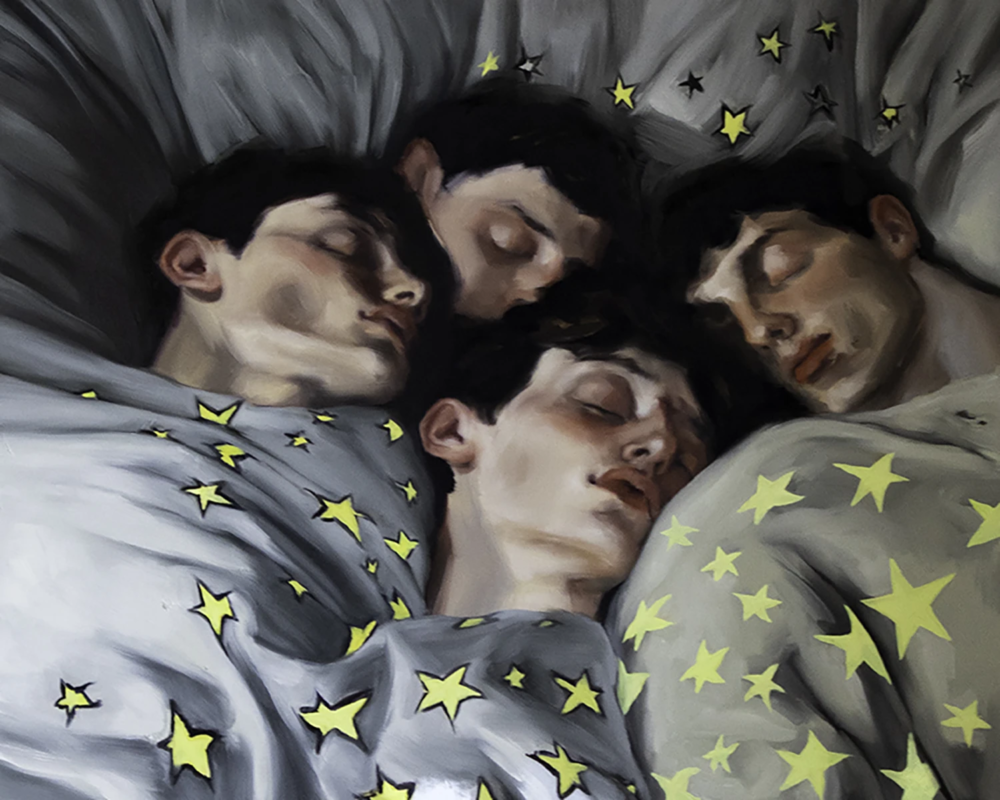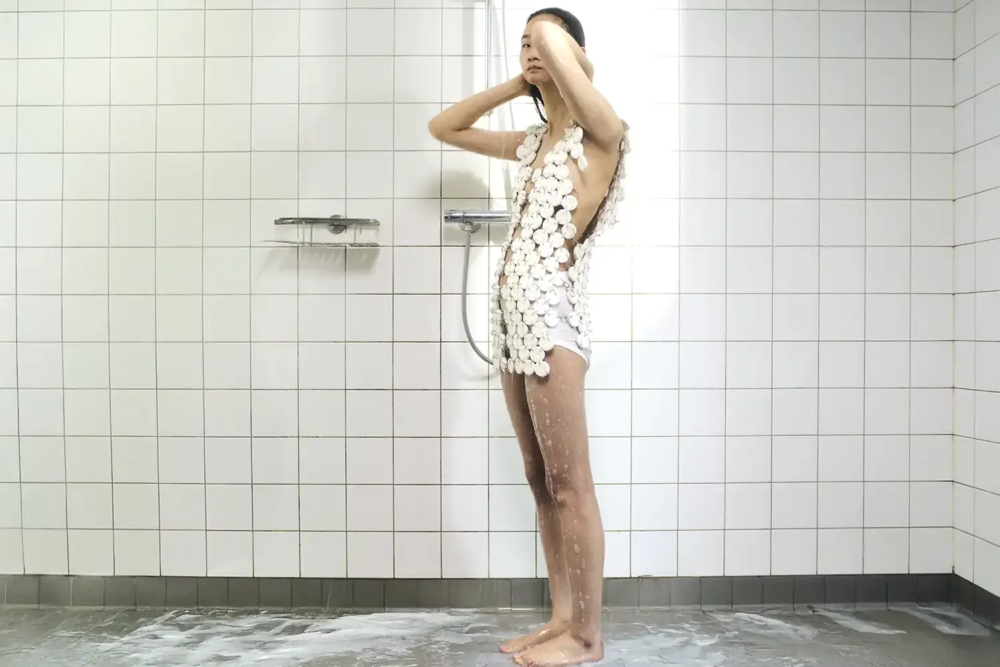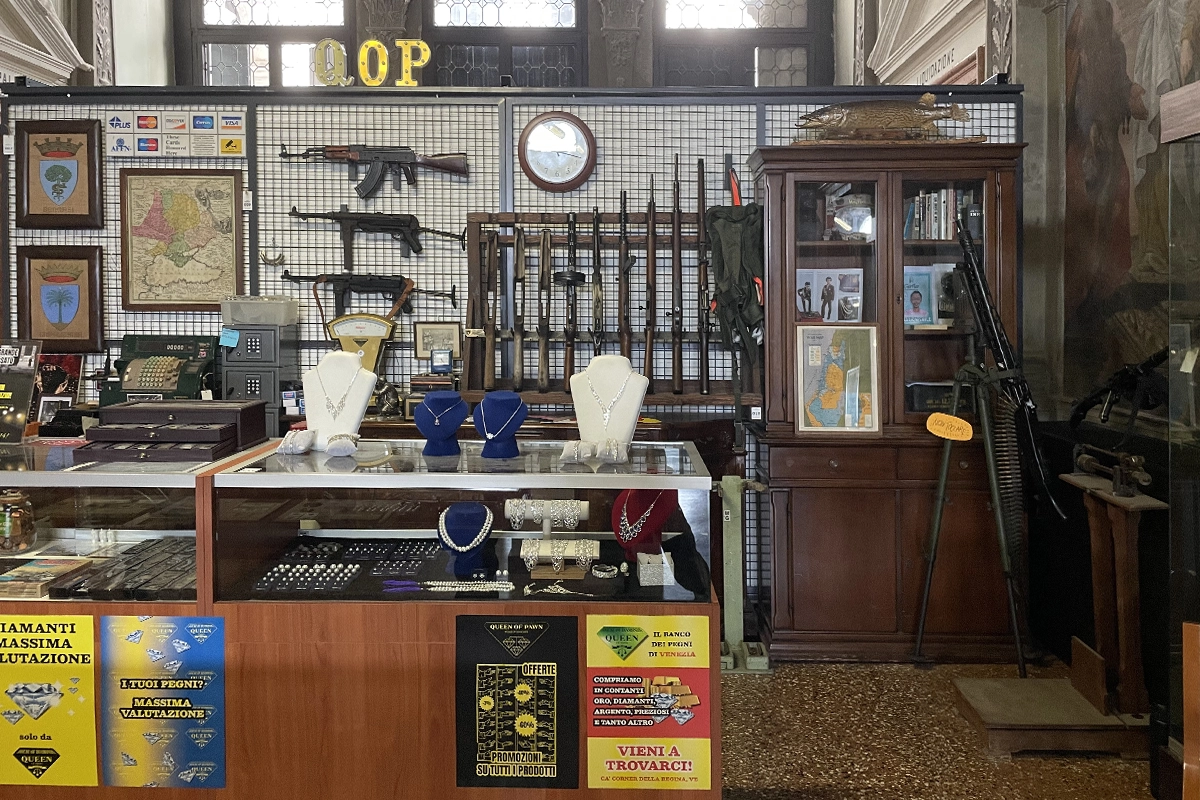
Christoph Büchel at Fondazione Prada: a politically-charged trompe l’oeil project on debt
Fondazione Prada in Venice transformed into a pawnshop – Swiss artist Christoph Büchel on the notion of debt and the many declinations of it, from the religious to the economic
Fondazione Prada presents Monte di Pietà, a project conceived by artist Cristoph Buchel in its Venice venue, Ca’ Corner della Regina, until 24 November 2024.
For Fondazione Prada in Venice Christoph Büchel created an hyper-realistic environment that creates the experience of walking into a mind at work, archiving and accumulating, on what seems to be a politically-charged trompe l’oeil. The Swiss artist, best known for his conceptual projects and large-scale installations, unveils the perceived power of the social and legal contracts, presented yet one more immersive and provocative project during the Venice Biennale Stranieri Ovunque. This time the artist started from the history of Ca’ Correr della Regina, Fondazione Prada’s Venetian venue. The project, running in particular in the ground floor, mezzanine and first noble floor, consists of a failing pawnshop based on the original appearance of the Monte di Pietà in the lagoon.
The history of the venue: Ca’ Correr della Regina and the Monte di Pietà
The theatrical and immersive project starts from the layered history of it’s venue: Ca’ Correr della Regina. Originally the home for Venetian merchants Corner di San Cassiano, it was built between 1724 and 1728, on the Gothic palazzo that hosted the home of Caterina Corner, future Queen of Cyprus. In 1800 the building became the property of Pope Pius VII that assigned it to the Padri Cavanis. From 1884 to 1969 the building hosted the Monte di Pietà, from which the title of the project, before becoming in 1975 the Historical Archive of the Venice Biennale until 2011, when it became the permanent space of Fondazione Prada.
The notion of debt and roughness
Debt here is seen from a historical and critical point of view. Debt that, instead of referring to the notion of subtraction, here is declined in the sense of addition, cumulation, excess. But what is excess if not the cumulation of objects in a society that yet claims the opposite value? And what better value than debt, declined in a parabola: from the religious debt (suggested by the very nature of the Monte di Pietà), that leads to the notion of bank, intersecting with the black market, cryptovalues, tv advertisements and teleshopping, gambling, depicting ways to spend the so-called surplus generated by capitalism. Some objects may not seem coherent in the narration proposed, yet everything is familiar.
The artist reveals how we are all part of the same debt system as victims or authors; or both. Here some of the contradictions presented to which the artist, though, doesn’t give gateways. The roughness in the exhibition is in the the fact that the artist deals with cryptovalues as if it was digital chemistry, in opposition to food chemistry that may be found in the leftovers that are present throughout the whole project, in different positions, as a human trace, a ghostly passage. In al alternation of history, credit and finance.

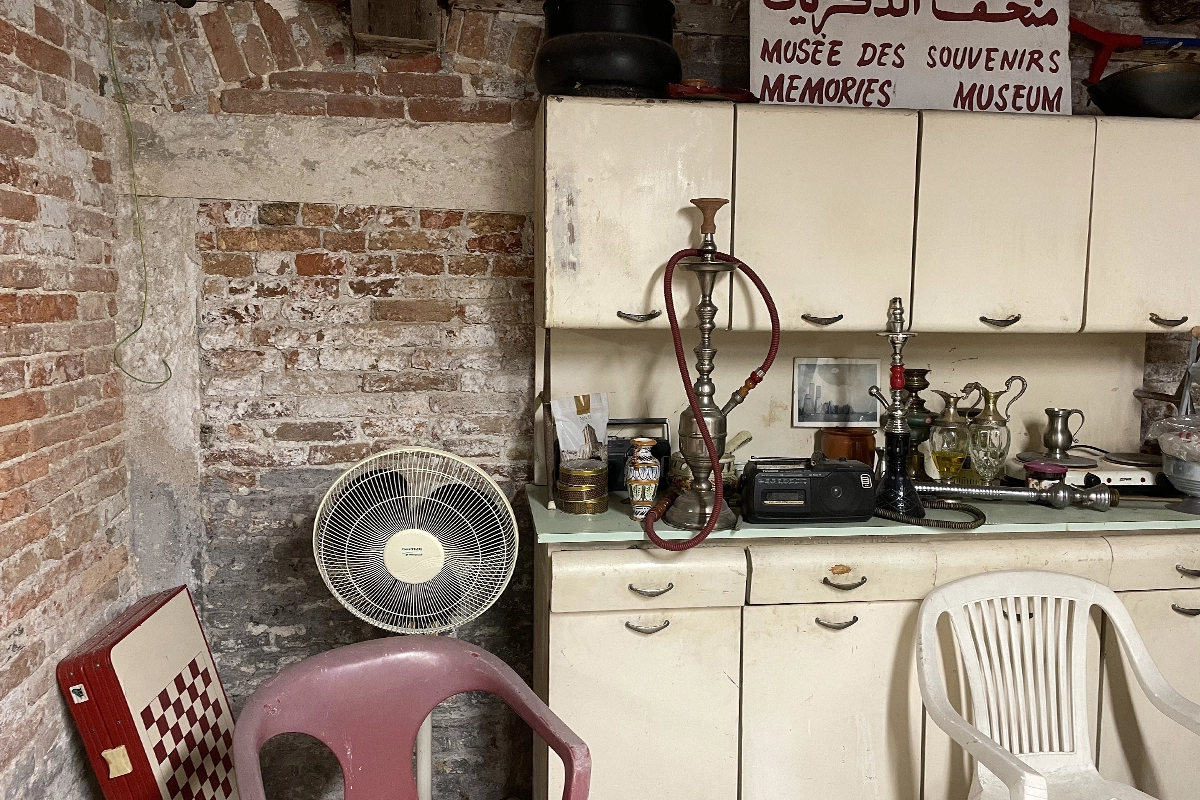
Cumulation, accumulation and the taste for destruction
The cumulation of debt and the accumulation of objects is strictly correlated. Surveillance too can be seen as as a form of accumulation. Of images, data, proofs of human existence. But also destruction, remembering the case of the exhibition at the Massachusetts Museum of Contemporary Art (Mass MOCA), Training Ground for Democracy, scheduled to open December 2006, collapsed into a lawsuit and The Mosque, the installation of the Iceland’s national pavilion at the Venice Biennale 2015, where the artist transformed the Chiesa della Misericordia into an operating mosque, soon after shutdown by the local authorities.
Financial transactions in the digital sphere
The granfluencer and the activation of a cryptocurrency in the Monte di Pietà exhibition underlines the immateriality and volatility of financial transactions in the digital sphere. In this case the artist chose the token, called Schei, promoted on TikTok by granfluencer Regina de Schei, to talk about the aim to generate new profit and distribute it to the inhabitants of Venice. Surplus against minusvalenza (capital loss). Yet another contradiction generated by the deep dynamics of contemporary society.
The Diamond Maker (2020-)
The Diamond Maker is a suitcase containing lab-grown diamonds. The artist is planning to make 150 diamonds this year, and is eager to continue in the future. The gesamtkunstwerk, which is titled The Diamond Maker – The Estate, will only be completed upon Büchel’s death. This ongoing body of work, produced by the Jena Art Collection in Germany and supported by the Swiss funding Pro Helvetia, is displayed in the first floor the the venue, diligently transformed into an immersive installation for the occasion. The diamonds have been realized using ALGORDANZA AG, a company founded in 2004 in Switzerland that produces diamonds globally.
Other projects by the aritst: irreverence and social denounce
Other than the already cited Iceland pavilion for Biennale Arte 2015, is his controversial participation to Biennale Arte 2019 with the project Barca Nostra, a monument to contemporary migration representing the wreckage of a fishing boat that caused the loss of hundreds of human lives during that same year, he has at least two decades of projects. «Thanks a lot for your invitation and interest in my Manifesta project. I think I don’t have enough time in May to do a new project for your show. Unfortunately I got a really tight schedule in spring». With this sentence the artists starts his project in 2002 for Manifesta 4, stating his will to discuss also artistic paradigms.After being invited to Manifesta 4, Christoph Büchel offered his participation rights to the highest bidder on eBay. The final bid was eventually $15,099.
«On 20th of March 2002 I contacted Christoph Buechel to have a solo exhibition in my gallery in Amsterdam. He proposed to become the highest bidder of his eBay offer. Being the highest bidder Galerie van Gelder would have had a solo exhibition ‘by Christoph Buechel’ at Manifesta 4 in Frankfurt, as is stated in his mail», explains the gallerist. Another project worth remembering to understand the artist’s work is when in 2011 the transformed Former Midland / HSBC Bank and Hauser & Wirth’s Piccadilly gallery into a fully functioning Community Centre, with the project The Piccadilly Community Centre. Like in many built environments in contemporary art, the artist never seems to resolve the contradictions brought up and the signifier never actually becomes the signified.
Christoph Büchel
Christoph Büchel is a Swiss artist born in Basel in 1966 and based in Iceland since 2007. The artists is best known for hyper-realistic environments and immersive art installations regarding social contemporary issues. For the 2015 Venice Art Biennale, Büchel was appointed to represent the Iceland’s national pavilion for which he created The Mosque installation, transforming the Chiesa della Misericordia into an operating mosque. For the 2019 Venice Art Biennale Büchel displayed Barca Nostra, a monument to contemporary migration representing the wreckage of a fishing boat that sunk on the 18th of April of that same year, causing the loss of hundreds of human lives.
